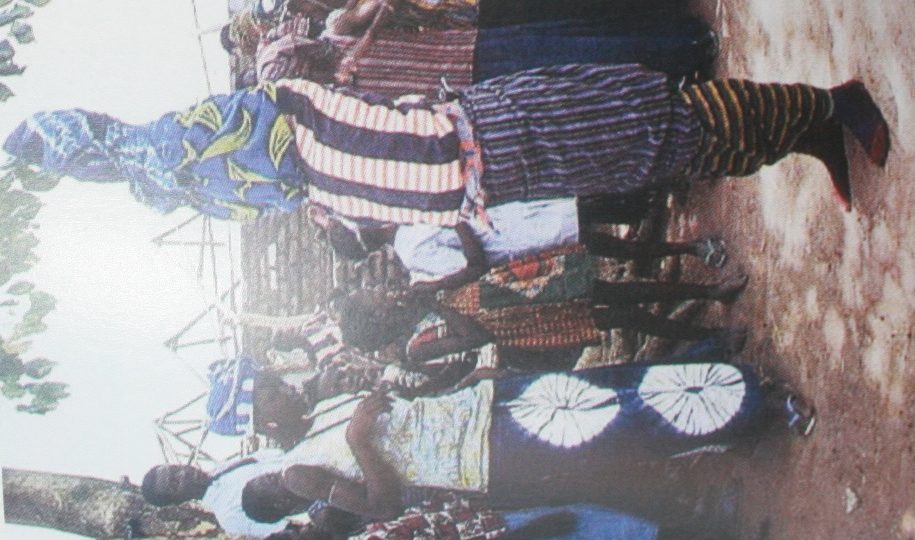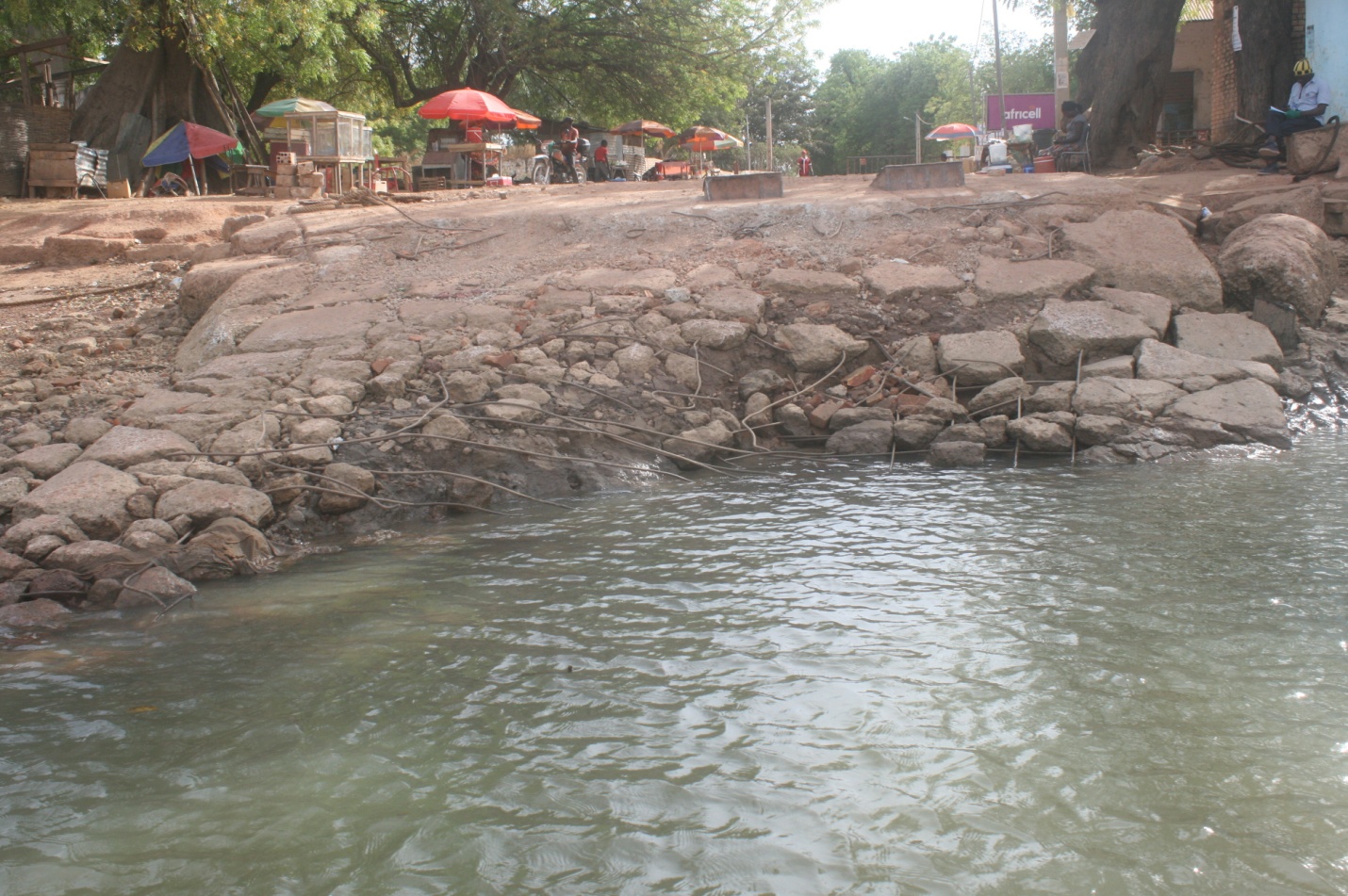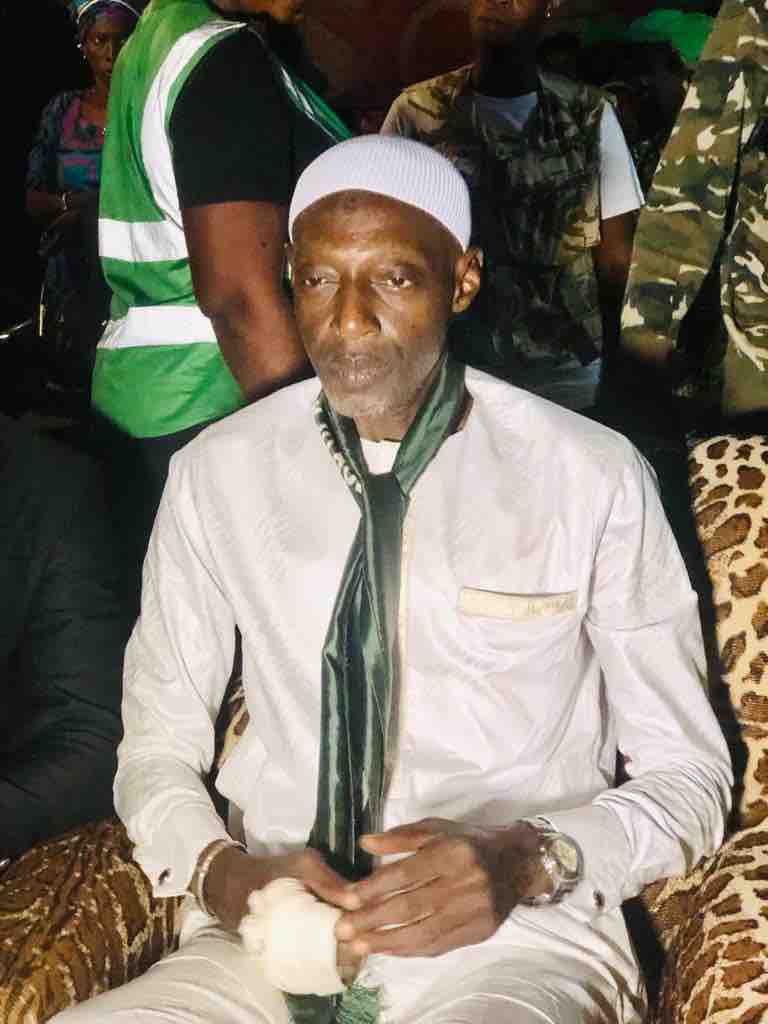If not that it is on record hardly would people of this generation believe that there used to be women masquerades in The Gambia and other parts of Africa. Women masquerades faded away in The Gambia just like some other part of African countries due to advent of Christianity and Islam. However, women masquerades have to do with animism and rituals.
Masquerade cultural performance is one among the African old cultures and traditions that is gradually turning commercial in present days. Traditional masquerades in the olden days used to be spirituality compared to nowadays where masquerades in some places are merely for entertainment and commercial purpose or money raising event. Reference to a researcher, “masks and masquerades were brought out for purely community ritualistic purposes. They had purely non-commercial uses. No one benefitted financially from the art and tradition of masquerades. However, with the advent of ersatz entertainment masquerades have been turned into money making products purely for public entertainment. It is not unusual for hotels, bars, and restaurants to use masquerades such as ‘Zimba’ and ‘Kumpo’ in their entertainment programs. This has indeed removed a significant aspect of the aura that used to surround the traditions.”
Notwithstanding, In The Gambia even in some African countries many people attach masquerade to men and considered it as men show as they thought only men wear masks or being masquerade; nay, women also worn mask to be or do masquerade.
For the sake of history and knowing who we are, we must remember the past for it provides us with a direction by which we can measure where we are, how far we have come and where we are heading. Our culture is our tradition masks and masquerades never limited to men only, in the past women too worn masks and performed as masquerade. A detailed research revealed that some of the masks attached with women had to do with female excision, purification and initiation ceremonies among other things. It was discovered by a scholar who had studied the women masks that they “were made in a complex societal context of age grades and stratification,” as mask production and performance were organized by one or more age grade levels of girls age grade 10-20, married women age ranged from 20-40 and old women that’s the elders’ grade – all women who were strong enough and willing to participate. “The age grades worked both independently and together, in a system based on seniority for certain rituals.”
According to a researcher and historian, Hassoum Ceesay, Director General National Centre for Arts and Culture, disclosed that some materials and pictorial evidence on women masquerades were discovered in Upper River Region from the anthropologists that worked in that area few years back during a conducted research for the Kankurang Museum in Janjanbureh.
Meanwhile, for over four decades women masquerades seized to be but it was on record that the last time a woman masquerade appeared in public was 1972 in the village of Bantunding in Wuli Upper River Region.
Truly, it is obvious that religious has to do with the disappearance of women masquerades in our society, in particular, because of animism and ritual practice by non-religious sect. Still its significance is just many that cannot forget in jiffy. Among them is in term of fertility, health, in mysterious death, protection among others. In the olden days in any community where there is woman or women that are infertile there were certain women masquerades that will be organized to perform and make propitiation to appease the ancestors on their behalf. So also, if there is epidemic on land like whooping cough, smallpox or missiles among the children there were women masquerades to drive away those diseases. In term of mysterious death in the village those days particularly among the children and women there used to be other women masquerades meant for cleanse up of the village or community from the evil forces or power. When it comes to circumcision, there were masquerades for protection of the initiates, because it was believe that where there is initiation there is tendency that some evil spirits might be around. Although, there was a woman masquerade which uninitiated girls and males of all ages were prohibited from attending its performance or ceremony.
Despite being animistic, there are still fundamental differences between men and women masquerades like dressing, dancing, and appearance among other things. Female masquerades always tied and dressed in textile, woven clothes while the male masquerade does dress in fiber, plant, back of trees, leaves, ‘jeffo,’ and palm frond. There is distinct in their dancing steps, men dancing styles are vigorous than women masquerade example male ‘Kankurang.’
There never been a rival faction between men and women masquerades as regard to performing, from a close finding the communities were very careful as both male and female masquerades never clash they are restricted from coming out at same time example male ‘Kankurang’ can come out at night while female masquerade perform in the day.
For those that might be interested in women masquerades, too bad, it is glaring that there might never be a future for it “they are animistic and because of the religions – Christianity and Islam, though during the course of research some family did talk about their great, great grandmother who used to do masquerade or wear mask,” Hassoum Ceesay confirmed.
According to him, he is not optimistic about the reviving of women masquerades “which is one of the main reasons it is documented while pictorials evidence of women masquerades are made available at the Kankurang Museum, Janjanbureh, Central River Region (CRR) and other national museums in the country to learn about the significance, the outlook, and their performances.”
However, from the National Centre for Arts and Culture ‘Kankurang and Other Masking Traditions of The Gambia Exhibition’ “African masks are mostly associated with and worn by men, in some cultures women also own and perform in masks. This is most evident in masks associated with female initiation ceremonies, which in Sierra Leone is always accompanied by the Bundu Devil masquerade.
In scholarly study of Mandinka women masks in Wuli, Upper River Region, Dr Peter Weil states that women masks among the Mandinka were made in a complex societal context of age grades and stratification. He explained that until 1960 mask production and performances were organized by one or more age grade levels of girls, married women and old women.”
Brief About Type of Women Masquerades ‘Kurukupaa’
This is said to be a girl’s mask. It was originally a senior women’s mask in old Muslim Mande villages but was later transformed to a girls’ category mask and brought to non-Muslim Mandinka villages by in-marrying Muslim women. This shows that women’s masks can move from one age level to another. Girls from the leather workers caste perform this mask. The ‘kurukupaa’ is constructed only from hand woven cloth which is made into a skirt. Five skirts and three head ties are used to construct the ‘Kurukupaa.’ The mask holds a calabash on her head in which is placed a live turtle and beads. The calabash signifies fecundity and feminine qualities.
The ‘Kurukupaa’ is accompanied to the performance by women singing, dancing and clapping. The mask receives gifts of money and food while dancing.
‘Kutoo’ (Land Turtle)
The Kutoo is an initiatory rites masquerade, usually organized by the married women category in non-Muslim Mandinka villages and by the elderly women in old Muslim Mande communities. In both settings, until around the 1920, the ‘Kutoo’ was the only mask involved in the excision ritual. Subsequently additional masks from the younger age sets performed as entertainers before the arrival of the ‘Kutoo’ mask.
The revelation of the secret of the ‘Kutoo’ was the last premarital ritual and also involved instructions to the initiates in relation to the mask’s action. It was usually a one night ritual held at least once a year. Initiates could be as young as twelve and as old as eighteen. Uninitiated girls and males of all ages were prohibited from attending the ceremony. This ritual is purely for the married women’s age grade, and is thought to be essential to engender a young woman’s capacity to bear healthy children.
‘Maamoo’
The ‘Maamoo’ is an ancestor mask. In its original context it is usually called ‘White Ostrich’ (Suruntu kanoo koyo). This mask was important both for the old Muslim and non-Muslim communities because it only appears during the excision rituals in villages. The mask was made by the elder women’s age grade and is usually performed by members of the married women’s age grade.
The ancestor mask is the most complex and dynamic of the women masks. The masker is covered with clay and wears a white shirt. In addition a piece of bamboo or stick of wood about a meter long is placed horizontally across the upper back of the masker and tied at the shoulders, forming part of an armature for a second piece of white cloth, which is draped over the head. Larger and wider than the usual skirt, it easily reaches the masker’s waist, where it is tied loosely. An assistant then places a two-meter long stick or piece or bamboo vertically under the cloth at the middle of the masker’s head. The assistant controls the stick from behind the masker, giving ‘life’ to the mask by moving the pole up and down.
The followers will sing a song along the lines: “Give news, tell us what will happen.” While the song is repeated, the masker moves the head up and down, back and front, mimicking the movements of an ostrich. Then the mask mumbles ‘ngunu-ngunu,’ in a guttural voice telling the future, which is interpreted by an elderly woman who understands the secret language of the mask.
‘Pottoo’
The body of this masquerade is covered with a mixture of white clay and water from which the name ‘potto’ (clay) derives. Until 1920, it appeared in the bush rituals of the elder women’s fertility associations in the non-Muslim Mandinka villages in Wuli. The masker is striped completely and rubbed from head to toe with the mixture. It was considered taboo to disclose the identity of the masker to any other person, as it was believed such betrayal will bring a curse to the community.
In performance, the masker assumes a hunchback posture so as to resemble its animal referent, a baby leopard. The masquerade only comes out during the initiatory rites of females or young girls. It is believed that the mask possesses social and reproductive attributes worth emulating in life. During the initiation period the mask assumes the responsibility to teach the young girls the virtues of respect, obedience and honesty to their husbands so as to help them bear children who will be good elders tomorrow.
‘Solingdingoo’
This is the ‘baby leopard’ mask which has been performed by the girls age group since about 1920. It is usually worn by a very young member of the group and was regularly performed at night during the late wet season and the entire dry season in the non-Muslim Mandinka villages. It moves from compound to compound with the mask’s assistants collecting food and gifts as it moves from one compound to another. But they do not collect money. To dress the mask, the mother rubs her daughter’s body with a mixture of ash (from a cooking fire) and water, sticking balls of white raw cotton soaked in the mixture on to the girl’s torso and upper arms. A skirt measuring 1.5 x 1.2 meters is wrapped around her waist extending to her knees. This ritual is accompanied by clapping, dancing and singing.
‘Sontokuhoo’ (Suruntukunoo)
This is a non-Muslim mask which depicts the ostrich. It is performed by the older girls group. It is seen as a more important mask because only women who have undergone excision perform it. The ostrich masker wears a skirt tightly worn around the body from the waist to mid-shin and her lower legs are covered with a head tie. The bottom of the skirt is tied with a cord.
However, “like most other traditions, masks and masquerades are undergoing transformations which can both add value to their authenticity and also devalue it. Masking traditions are indeed affected by the gusts of modernity and change such as commercialization, deforestation, globalization and legal issues.”




